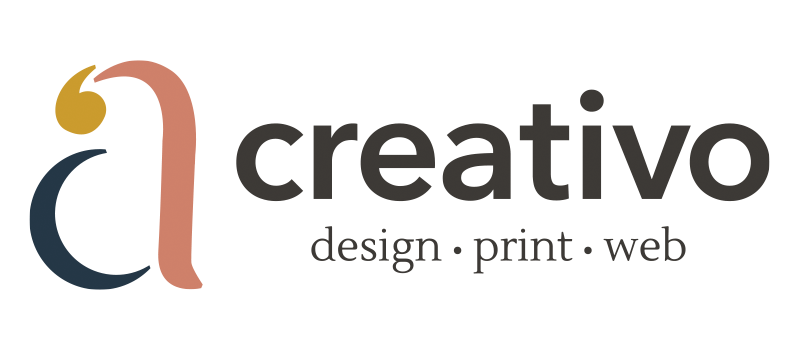How to Add SEO Friendly Alt Text to Your Website Images
In today’s digital world, website accessibility and SEO optimization are crucial for any online business. One small but powerful element that plays a significant role in both areas is Alt text. But what exactly is Alt text, and why is it so important?
What Is Alt Text?
Alt text (alternative text) is a short, descriptive attribute added to an image’s HTML code. It provides a textual description of an image, allowing visually impaired users to understand the content through screen readers. Additionally, search engines use Alt text to index images properly, improving your website’s SEO.
Why Is Alt Text Important?
1. Accessibility for All Users
Millions of people worldwide rely on screen readers due to visual impairments. Alt text ensures that these users can fully experience your website’s content, making your site more inclusive.
2. SEO Benefits
Search engines, like Google, can’t “see” images the way humans do. Instead, they rely on Alt text to understand the content and context of an image. Well-written Alt text can improve your website’s search engine rankings, driving more traffic to your site.
3. Better User Experience
If an image fails to load, the Alt text will display in its place, giving users context rather than a broken image icon. This ensures a smoother experience for visitors.
How to Write Good Alt Text
Writing effective Alt text isn’t just about describing an image—it’s about doing so in a way that’s useful and relevant. Here are some tips for crafting great Alt text:
-
Be descriptive and specific: Instead of saying “dog,” say “Golden Retriever puppy playing with a red ball in a park.”
-
Keep it concise: Aim for a brief but meaningful description (typically under 125 characters).
-
Use relevant keywords (naturally): If applicable, include keywords that fit the image’s context without stuffing them.
-
Avoid phrases like ‘image of’ or ‘picture of’: Screen readers already indicate that it’s an image.
-
Don’t use Alt text for decorative images: If an image is purely decorative, use an empty Alt attribute (alt=“”) so screen readers skip it.

How to Add Alt Text to Images on Your Website
Adding Alt text to images is simple, and most website platforms provide easy ways to do it:
WordPress
- Upload an image to your media library.
- Click on the image, and you’ll see an “Alt Text” field where you can enter your description.
Shopify
- Go to “Products” or “Online Store” and click on an image.
- There will be an option to add Alt text—type in your description and save.
HTML
If you’re coding manually, add Alt text directly to the image tag:

Examples of Good Alt Text
Here are a few examples of well-written Alt text compared to poor examples:
✅ Good Alt Text: “Smiling barista handing a customer a cup of coffee in a modern café.”
❌ Poor Alt Text: “Coffee shop.”
✅ Good Alt Text: “Woman in a yellow raincoat holding a red umbrella on a foggy bridge.”
❌ Poor Alt Text: “Woman with umbrella.”

Final Thoughts
Alt text is a small but mighty detail that can improve your website’s accessibility, SEO, and user experience. By writing clear, descriptive, and relevant Alt text, you ensure that all users—regardless of ability—can engage with your content, while also boosting your site’s visibility on search engines.
Take the time to optimize your images with Alt text, and you’ll create a more inclusive and SEO-friendly website!
Are you looking to drive your business forward?
We provide a full-service strategic approach that allows you to get the most out of your marketing budget. Connect with us about your upcoming project!

